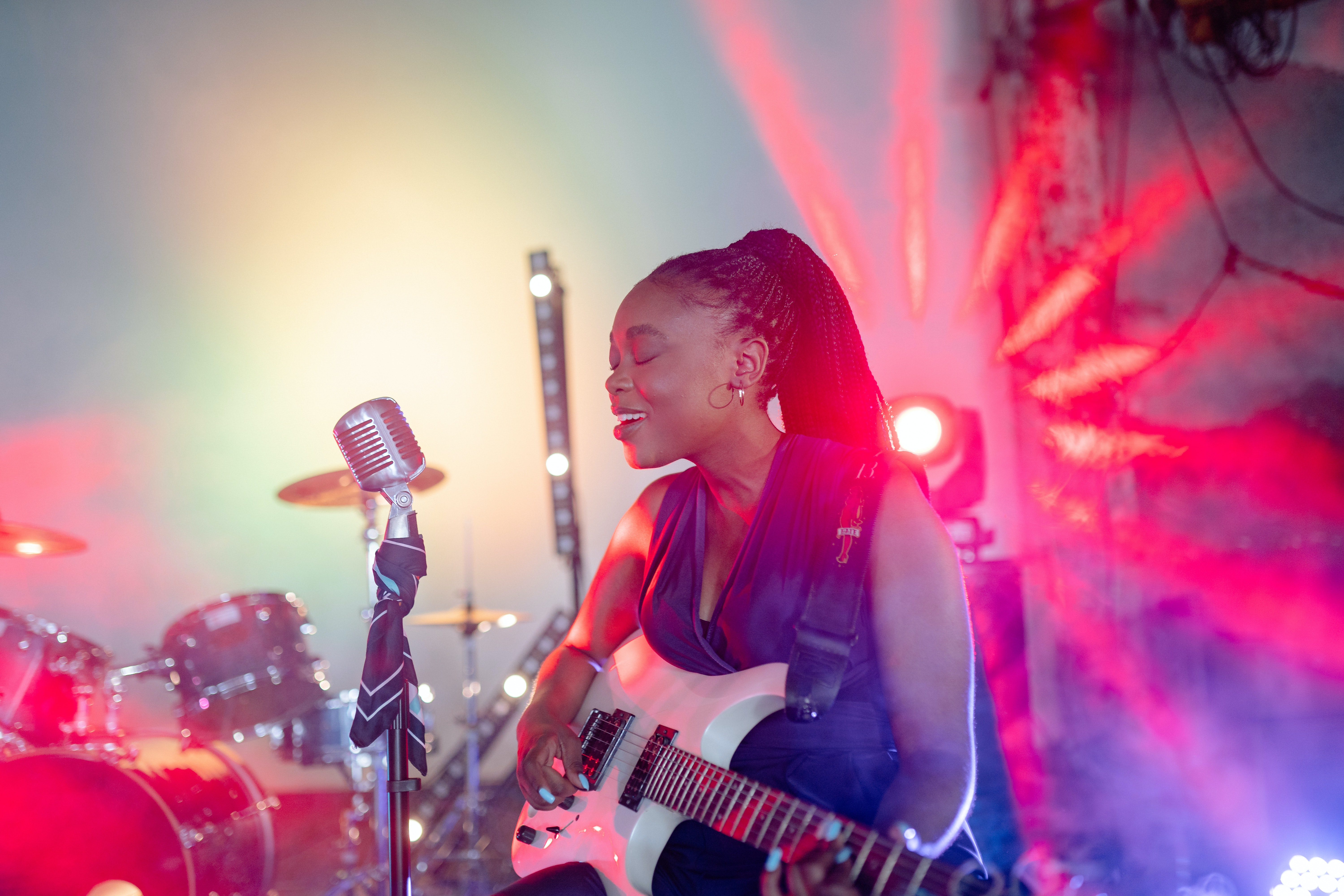Increasing Diversity in Artist Selection for Music Festival Line-ups.

Despite commitments form many music festival organisers to make their events more diverse it is apparent from media reports that many festivals are still dominated by predominantly white male artists and headliners. What can festival organisers do to address this imbalance and make their future artist selection more diverse.
Music festival organisers are being quite proactive in embracing DEI (Diversity Equity and Inclusion) for most aspects of their organisation. Training and educaton of staff and volunteers has been a key driver in implementing DEI policies, however, the artists curated still seem to have an imbalance that is getting noticed by festival-goers and the media covering the music festival industry. What steps can festival organisers take when curating their artists for future events to achieve a more diverse line-up.
Diversity Objectives.
The team responsible for curating artists should set their diversity goals before sourcing talent for future events. This may include getting a more equal balance of male and female performers but also extends to other key groups that may include those in gender minorities, artists of colour or alternative cultural backgrounds and those who are less able than others either physically or mentally.
Sourcing Artists to Increase Diversity.
The artist curation process will require extra effort to research and find artists from underrepresented communities. Briefing booking agents and having more proactive outreach programmes to communities who are fostering minority talent can help to source artists. This process can be quite challenging and time consuming because artists being considered should fit the overall genre mix of the festival.
Internal Influences.
A comprehensive DEI training programme for staff, particularly in the artist curation team can help to bring about a more ‘inclusive’ mindset when considering the line-up. In addition to managing fee budgets and securing a mix of headline and support acts to draw an audience the curation process should constantly refer to diversity objectives. This process can be easier to implement if the festival organisation is fostering an inclusive environment. This may include initiatives like more use of inclusive language, the introduction of ‘safe spaces’ and improvements in accessibility on the festival site.
Evaluation.
By setting diversity objectives before the curation process starts helps set targets for the curation team which can be referred back to post event. An evaluation of diversity in the line-up booked against objectives can demonstrate improvements and help define diversity objectives for future festivals to achieve continuous improvement. If the results show a positive change this can make for great publicity and press releases post event.
More information and data on diversity in music festival line-up can be found from the female:pressure FACTS survey which quantifies the gender distribution of artists performing at electronic music festivals worldwide. FACTS 2022 reveals a rise in the proportion of female acts from 9.2% in 2012 to 26.9% in 2020–2021. The data on non-binary artists shows an increase from 0.4% to 1.3% from 2017 to 2021.
For festival organisers planning their events using a software management platform like Festival Pro gives them all the functionality they need manage every aspect of their event logistics including a dedicated artist management module. The guys who are responsible for this software have been in the front line of event management for many years and the features are built from that experience and are performance artists themselves. The Festival Pro platform is easy to use and has comprehensive features with specific modules for managing artists, contractors, venues/stages, vendors, volunteers, sponsors, guestlists, ticketing, cashless payments and contactless ordering.
Photo by Yan Krukau via Pexels
<< Back to articles
Contact us
Get in touch to discuss your requirements.
US: +1 424 485 0220 (USA)
UK: +44 207 060 2666 (United Kingdom)
AU: +61 (2) 8357 0793 (Australia)
NZ: +64 (0)9887 8005 (New Zealand)